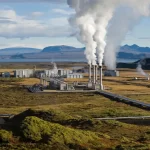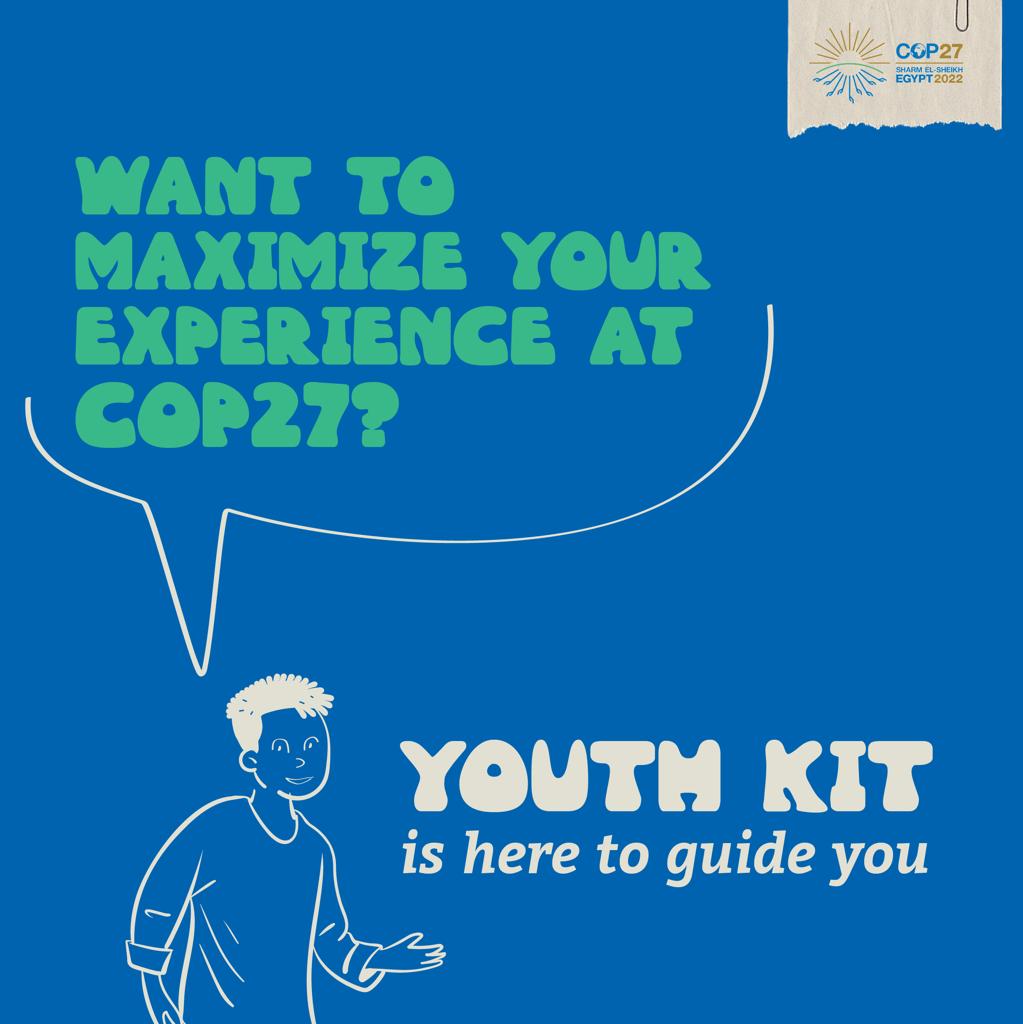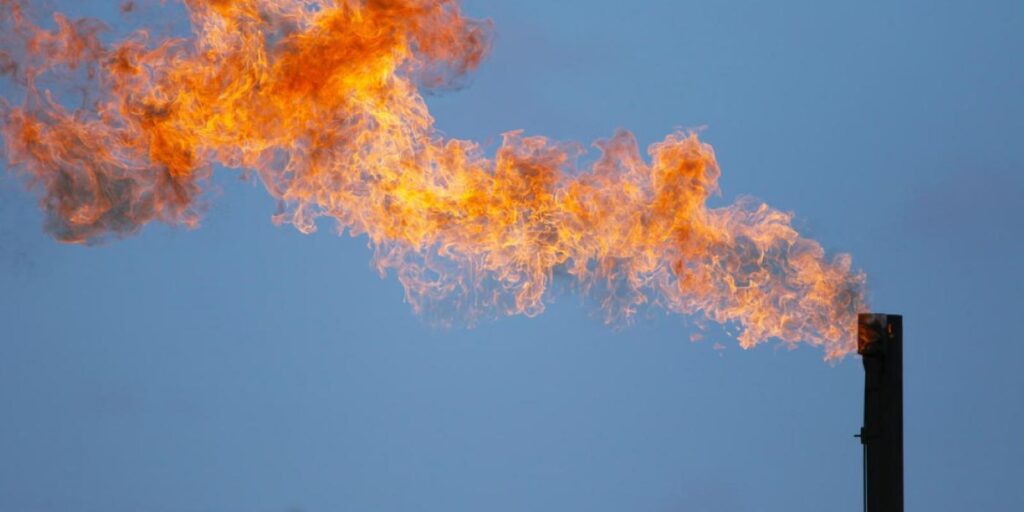Methane contributes to about one-fifth of the greenhouse gases emitted by human activities that cause global warming.
The results of a new study revealed that the increases in the rate of methane emissions that occurred in 2020 – despite the closures and measures to combat the “Covid-19” epidemic – can be explained by the increase in emissions from wetlands and a decrease in methane sinks in the atmosphere.
According to the study, published in the journal Nature, “a multi-pronged approach is needed to reduce methane emissions, which contribute about a fifth of the greenhouse gases emitted from human activities and cause global warming.
The study adds that “atmospheric methane concentrations have increased rapidly over the past decade and are thought to be driven by increases in the use of fossil fuels and microbial sources.”
Methane – a greenhouse gas that is 34 times more effective than carbon dioxide – is produced after algae die and lakes become covered with green spots rich in toxins that dissolve in and pollute drinking water. Methane gas contributes to about a fifth of greenhouse gas emissions emitted by human activities.
Greenhouse gases – or as they are called “greenhouse gases” – include a number of chemical compounds, the most important of which are carbon dioxide, methane and ozone. Increased concentrations of greenhouse gases in the atmosphere lead to serious risks, the most important of which are climate changes and global warming.
methane growth rates peaked in 2020; Its growth is the highest since 1984, although it is assumed that the closures may have caused a decrease in human-caused methane emissions.
“The results explain the mystery of the high growth rate of methane emissions in 2020, despite the decline in the amount of anthropogenic emissions due to the closures caused by the epidemic,” said Sochi Peng, a researcher in environmental sciences at Peking University of China and the lead author of the study.
“Our study shows evidence of positive wetland methane feedback to global warming, and reminds us that human emissions trends that change the level of atmospheric methane, such as emissions of nitrogen oxides, must be taken into account when implementing the global methane pledge to achieve The aim of the Paris Agreement.
The authors monitored atmospheric methane concentrations from terrestrial and satellite sites frequently (weekly), and used bottom-up inventories of anthropogenic and fire emissions, and wetland emissions models, to show consistent evidence through different methods that emissions from northern hemisphere wetlands It increased by 6 Tg (trillion grams), and the hydroxyl radical decreased mainly in the Northern Hemisphere due to lockdown measures.
How do livestock contribute to methane production?
A warmer, wetter climate could trigger greater emissions from wetlands, Peng adds. The authors’ team ran high-resolution simulations using an integrated chemical model that includes emissions of carbon dioxide, hydrocarbons and nitrogen oxides.
The researchers note that “the concentrations of the hydroxyl radical – which readily reacts with methane and other hydrocarbons in the atmosphere to form carbon dioxide and water in the atmosphere – decreased by about 1.6% compared to 2019.”
The researchers attribute this to “decreased anthropogenic nitrogen oxide emissions,” noting that “methane emissions from human activity and fires decreased by 1.2 and 6.5 teragrams per year, respectively.”












